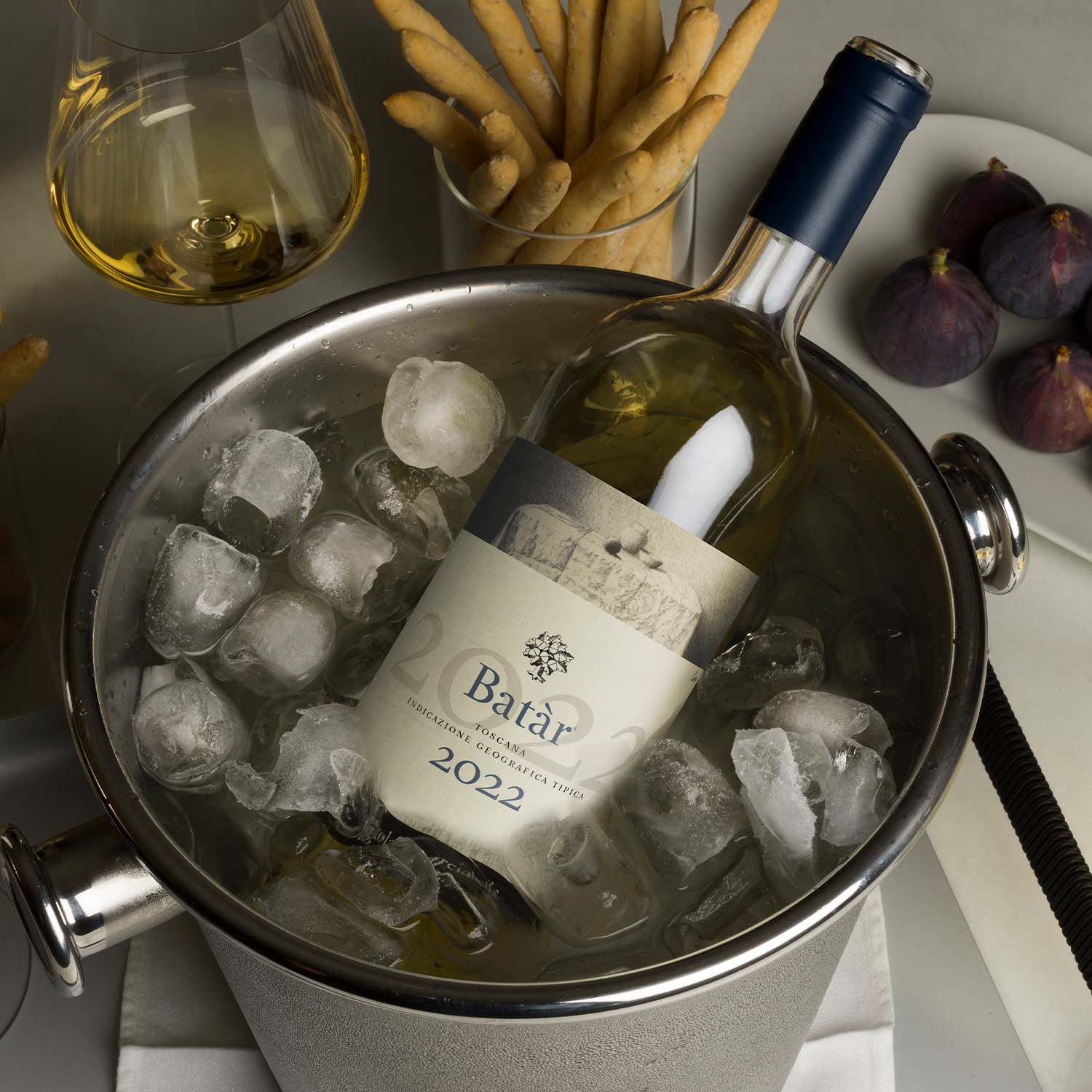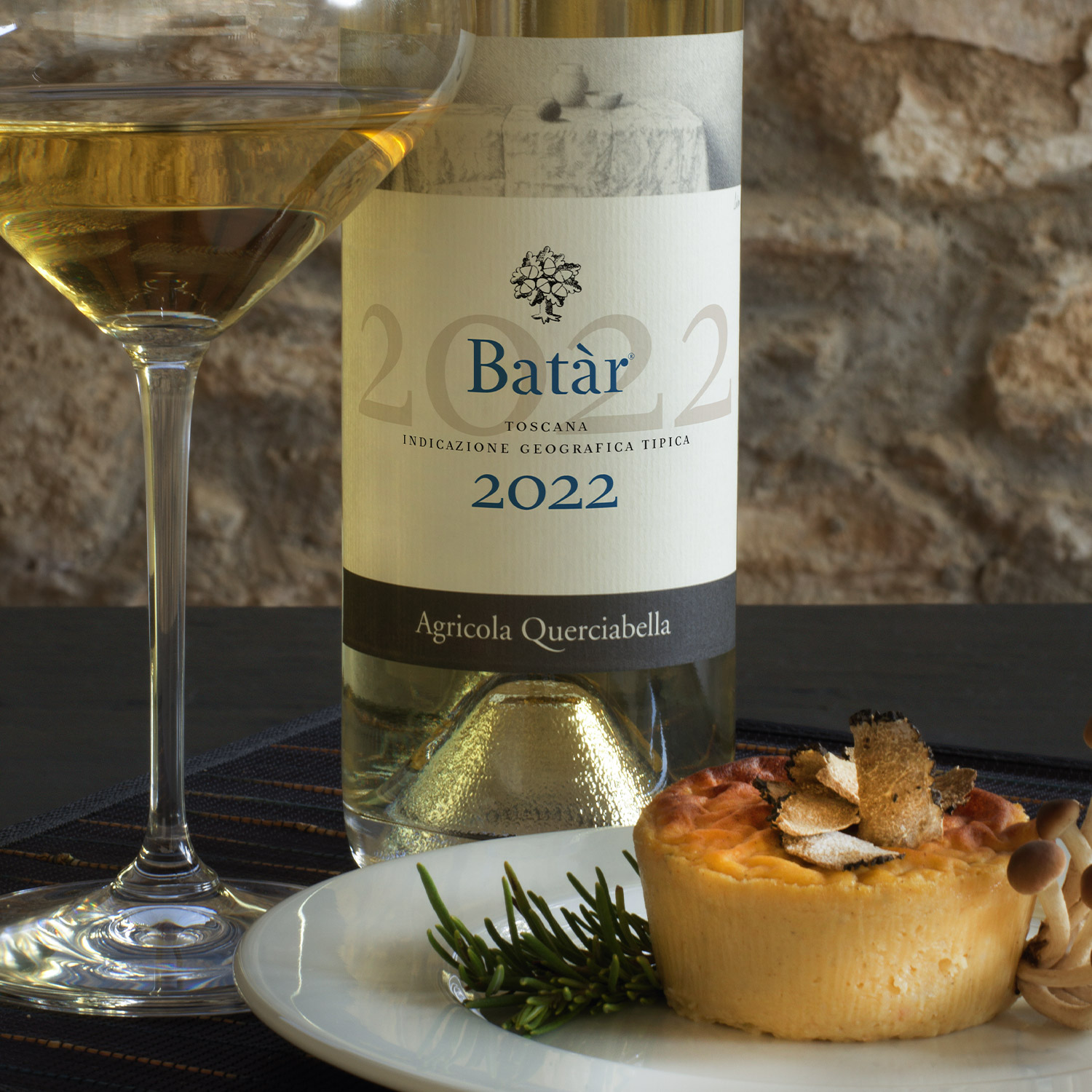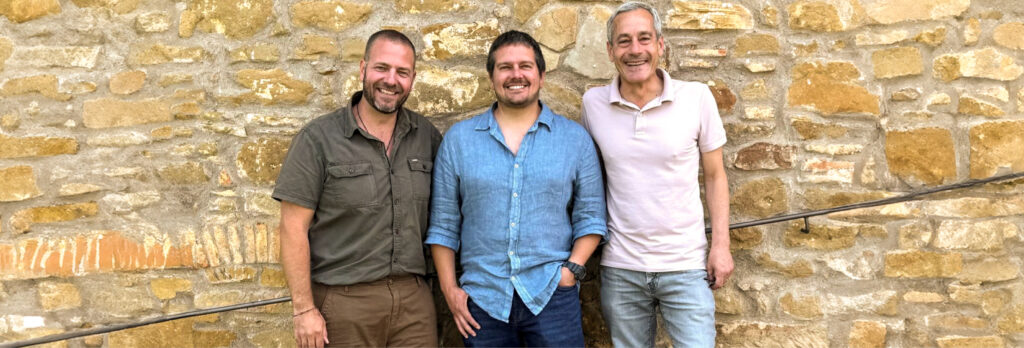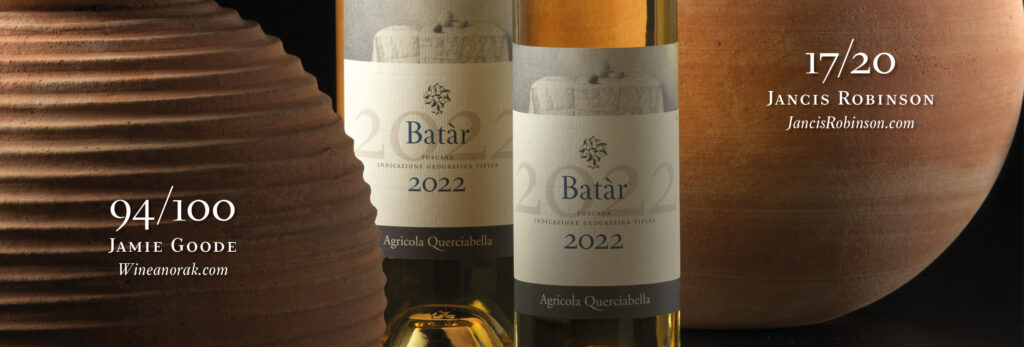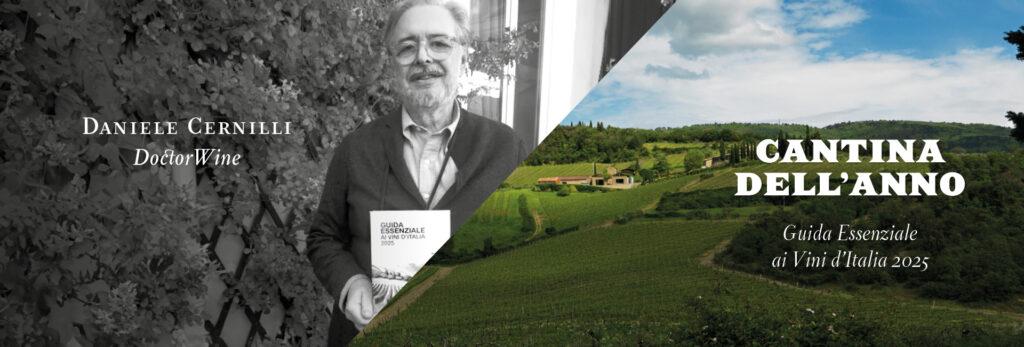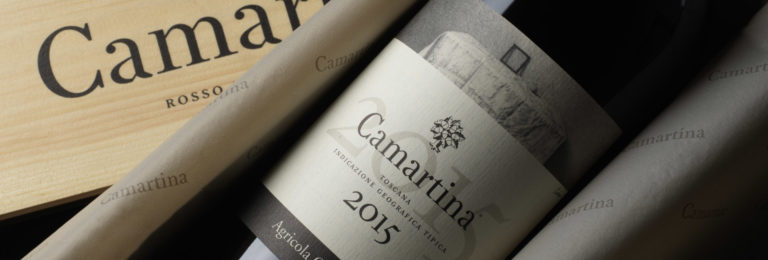Technical
Appellation: Toscana IGT
First vintage: 1988
Grapes: Chardonnay; Pinot Bianco
Production Area: Ruffoli di Greve in Chianti
Certifications: Vegan; Organic
Average yield (wine): 25hl/ha
Maturation: Barrel-fermented
9 months in French oak
Annual production: 16,000 bottles
Alcohol content: 14% vol.
Tech sheet
Scheda tecnica
more downloads
Vineyards
Batàr originates from vineyards close to the winery on the slopes of Ruffoli, Greve in Chianti, between 350–600 m above sea level.
The Chardonnay comes from two distinct sites: the south-facing Casaocci Sud and the winery’s higher vineyard, Il Pallonaio. At 350 m a.sl., the galestro soils of the Casaocci Sud vineyard are flakey, hardened schist-rich clays that confer ideal fruit concentration and intense floral notes. Reaching an elevation of 600 m a.s.l., Il Pallonaio, with a high presence of sandstone, gives the Chardonnay grapes distinct, flinty gun-smoke minerality, lime zing, freshness, and tension.
Batàr’s Pinot Blanc grows on the cooler north-facing slopes beneath our cellar at 400 m a.s.l., where the galestro has broken down into clay and schist components. These denser soils lend to the wine its characteristic textural richness, creaminess, and volume, along with pleasant citrus notes.
Scores
Batàr 2023
94/100 Antonio Galloni · Vinous
17.5+/20 Jancis Robinson · JancisRobinson.com
Batàr 2022
96/100 Danielle Callegari, PhD · Wine Enthusiast
95+/100 Audrey Frick · JebDunnuck.com
95/100 Daniele Cernilli · DoctorWine
94/100 Jamie Goode · Wineanorak
93/100 Gigi Brozzoni – Alessandra Piubello · I Vini di Veronelli
92/100 Antonio Galloni · Vinous
17/20 Jancis Robinson · JancisRobinson.com
16.5/20 Walter Speller · JancisRobinson.com
Batàr 2021
96/100 Audrey Frick · JebDunnuck.com
94/100 Zekun Shuai · JamesSuckling.com
93+/100 Antonio Galloni · Vinous
93/100 Falstaff
5/5 Grappoli Bibenda · FIS
See all Batàr Scores
Tasting
Mid-yellowish straw. Waxy and herbal on the nose with good structure and rich palate entry but with density counterbalanced by suitable acidity. A hint of lime on the end. Broad-beamed and long but I’d love to see this with a little more bottle age and development. (…) This is a white to accompany all sorts of savoury dishes – with creamy sauces perhaps.
– JANCIS ROBINSON
Serving
Decanting
Batàr benefits from decanting
Ideal serving temperature
6–8° C (43–47° F)
Recommended glasses
Riedel Extreme Chardonnay 4441/97
Riedel Extreme Pinot Noir 4441/07
Riedel Performance Chardonnay 6884/97
Zalto Burgundy 11100
Pairing
Batàr 2022 really shines when paired with creamy sauces. Spices like saffron, cinnamon, ginger, and herbs such as thyme and tarragon beautifully complement its slightly nutty aroma. As the wine matures, its flavours evolve and deepen with umami notes, making it an exceptional match for sautéed or roasted mushrooms, truffles, sun-dried tomatoes, and roasted root vegetables like squash, parsnips, and turnips.
Classic, decadent pairings that bring out all of Batàr’s lushness
· Risotto alla Milanese
· White truffle tagliolini (VG)
· Pumpkin ravioli with brown butter and crispy sage (V)
· Seared scallops with beurre blanc
· Dover sole with lemon and capers
Contemporary options for the world-savvy palates
· Lobster roll with lemon aioli
· Porcini mushroom and fontina tart (V)
· Miso-glazed eggplant with roasted root vegetables (VG)
A mixed plate of cheese, such as aged Comté, Parmigiano Reggiano, and Pecorino di Pienza, alongside softer selections like Robiola Bosina or Tomme de Savoie, makes an elegant partner to Batàr 2023, while a touch of aged Mimolette adds a more adventurous twist.
Formats
0.750 litre, 3-bottle case
1.5 litre, 1-bottle wooden case
3.0 litre, 1-bottle wooden case
Label
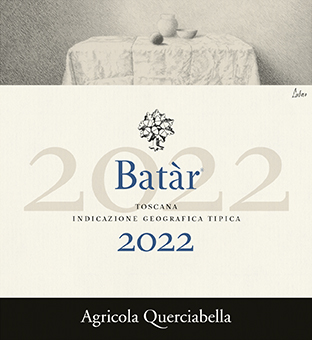
Name
Batàr is a name that has evolved over time. Between 1988 and 1991, the wine was called Bâtard-Pinot and was a blend of Pinot Blanc and Pinot Gris. Between 1992 and 1994, the name was Bâtard (without ‘-Pinot’), because Chardonnay had been added to the blend. In 1995 the name was changed to Batàr, in order to avoid confusion with French AOCs of Burgundy, whose names contain the word ‘Bâtard’ (Bienvenues-Bâtard-Montrachet, Criots-Bâtard-Montrachet and Bâtard-Montrachet).
Design
The label features exclusive artwork from Italian painter Bernardino Luino.
The typeface Simona was designed by Jane Patterson and John Downer for Querciabella’s exclusive and proprietary use.
download label


